Understanding Aquamarines
Aquamarines are prized for their serene blue tones, clarity, and luminous presence. Long associated with calm, protection, and balance, aquamarines bring a fresh and elegant aesthetic to bracelet design — perfect for both everyday wear and special occasions.
Understanding how aquamarines are evaluated and matched will help you choose an aquamarine tennis bracelet that reflects both quality and style.
Aquamarine Selection
What Are Aquamarines?
Aquamarine is a variety of beryl, the same mineral family as emerald. Its name comes from the Latin aqua marina, meaning “sea water,” a reference to its distinctive light to medium blue color.
Aquamarines are valued for their transparency and even color, which make them ideal for designs requiring multiple matched stones, such as tennis bracelets.
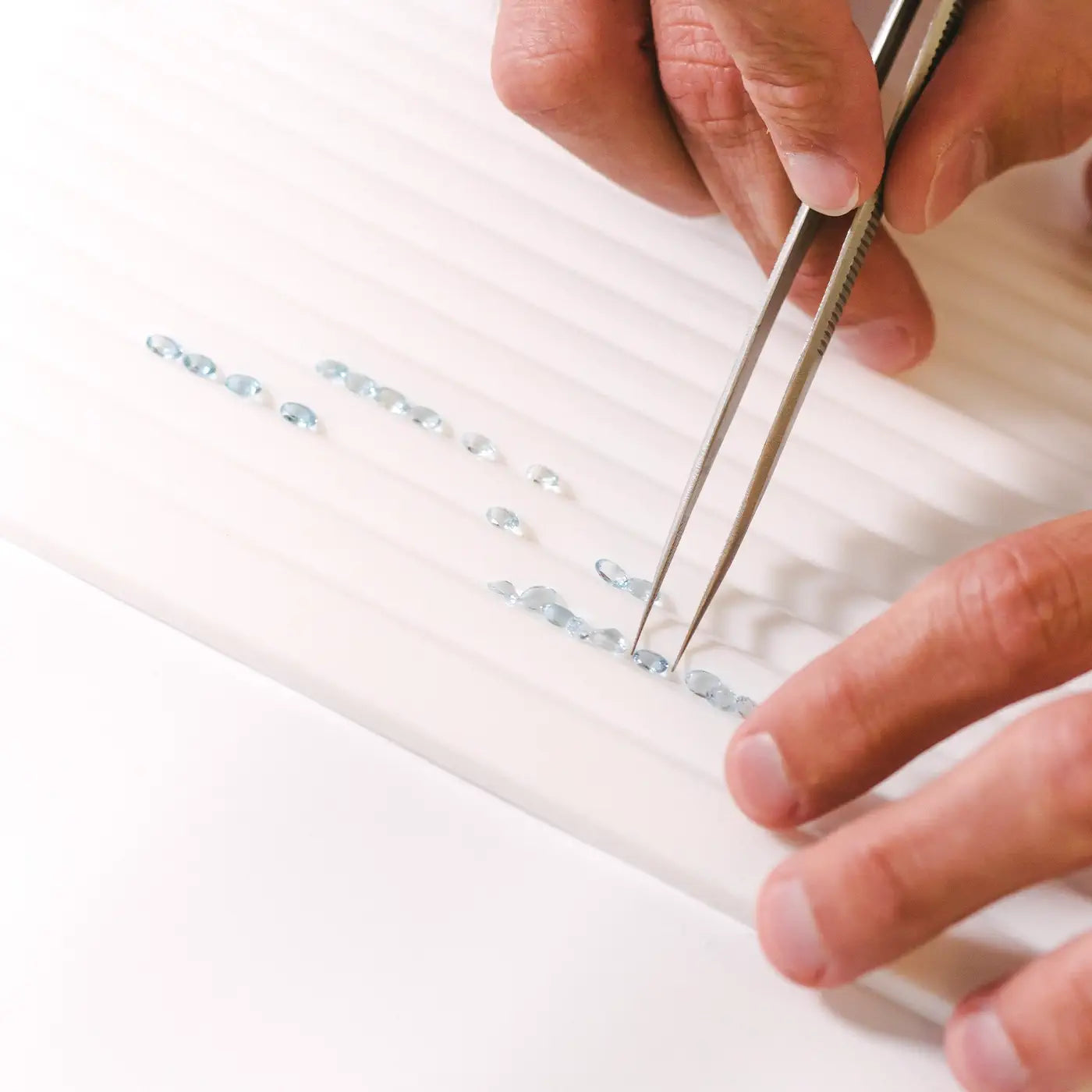
Color
Color is the most important factor when evaluating aquamarines. The best stones show a pure, medium blue or slightly greenish-blue, with good saturation and minimal gray or brown undertones.
In bracelets, consistency is crucial — stones should be matched in tone and intensity to create a seamless line. Even slight variations in color can be noticeable when stones are set side by side.
Aquamarines are typically less intense than sapphires, offering a softer, more luminous look that pairs beautifully with white gold or platinum settings.

Clarity
Aquamarines are typically very clean gemstones. Most fine-quality stones are free of eye-visible inclusions, thanks to their naturally transparent crystal structure.
For bracelets, clarity ensures that the stones maintain their brightness and uniformity. Stones with noticeable inclusions, fractures, or cloudiness are avoided, as they can disrupt the bracelet’s overall harmony.
Cut
Cut refers to the proportions, symmetry, and polish of each stone — all of which affect how the aquamarine reflects light.
Common shapes in bracelets include:
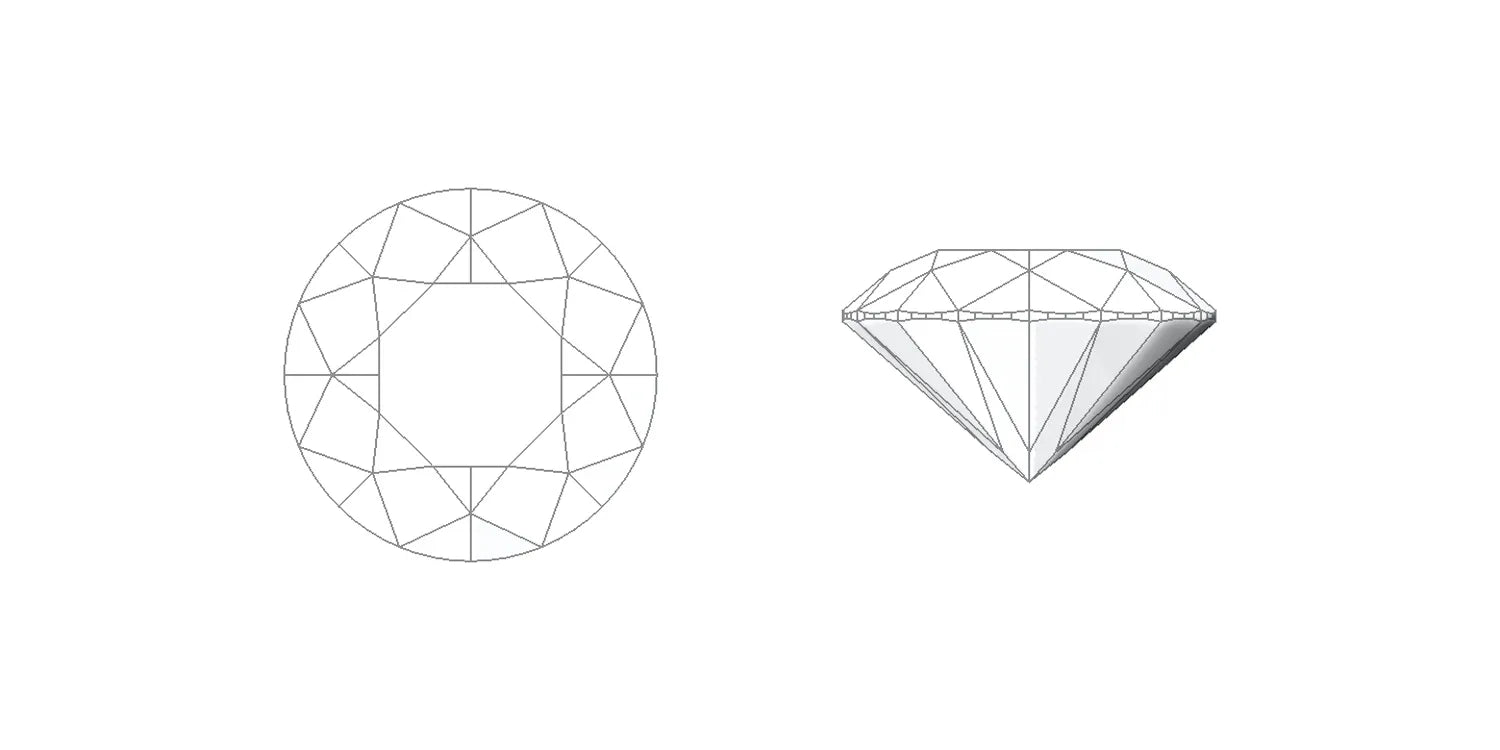
Round
Classic & versatile
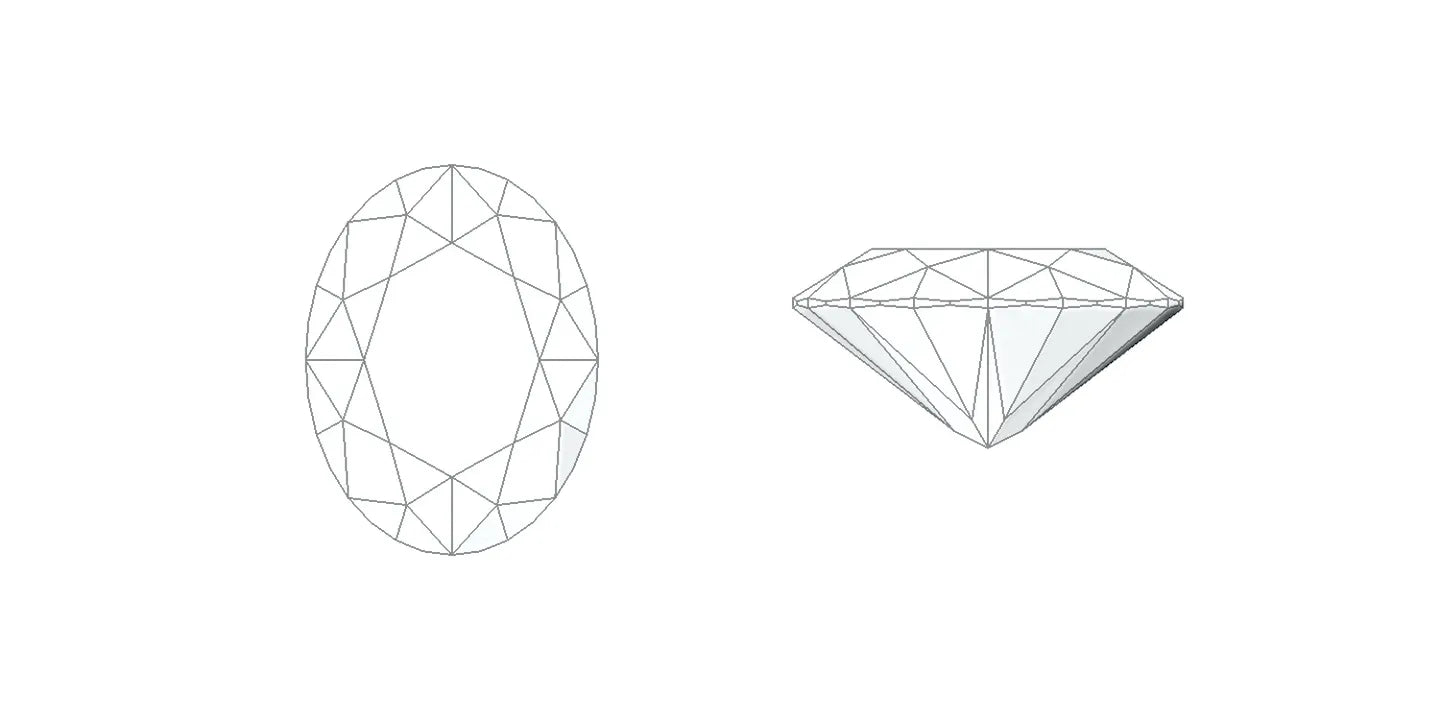
Oval
Elegant & elongating
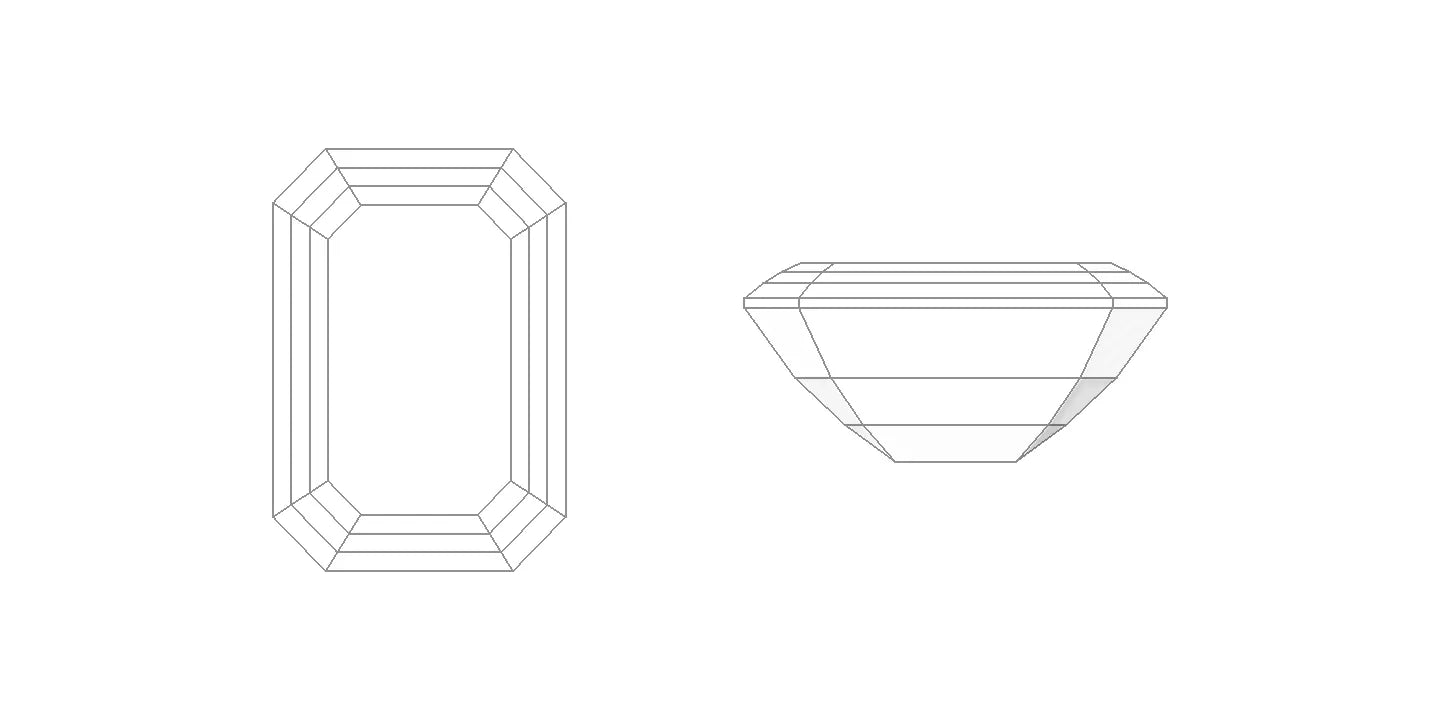
Emerald cut
Sophisticated and clean
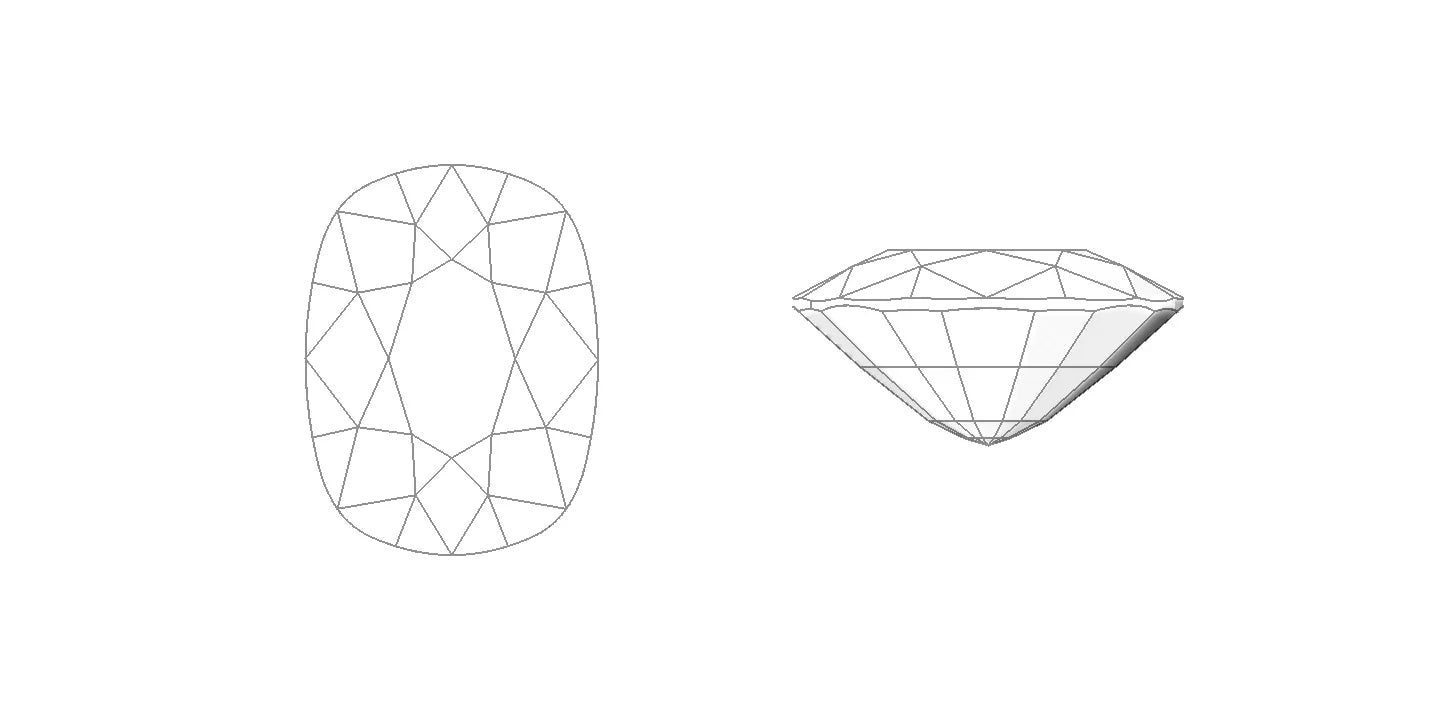
Cushion
Soft and romantic
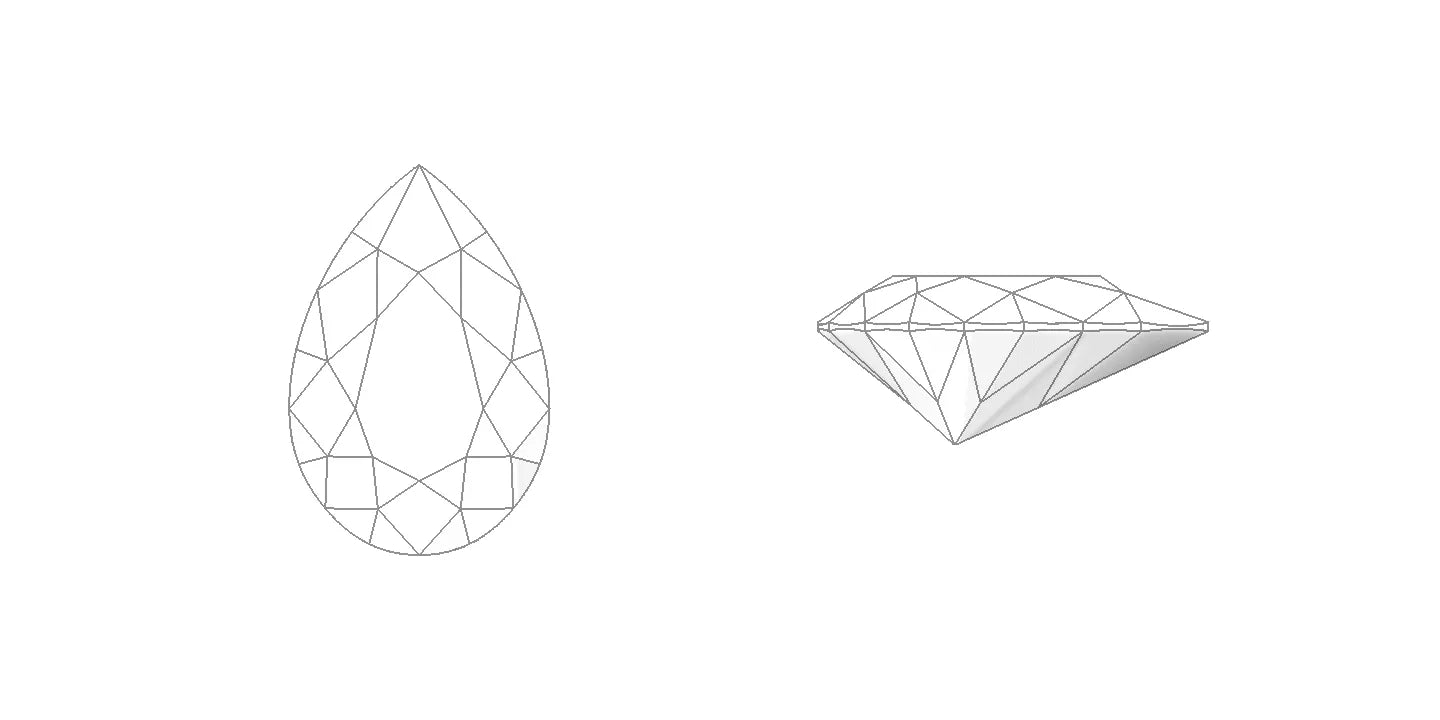
Pear
Distinctive and graceful, with a teardrop silhouette
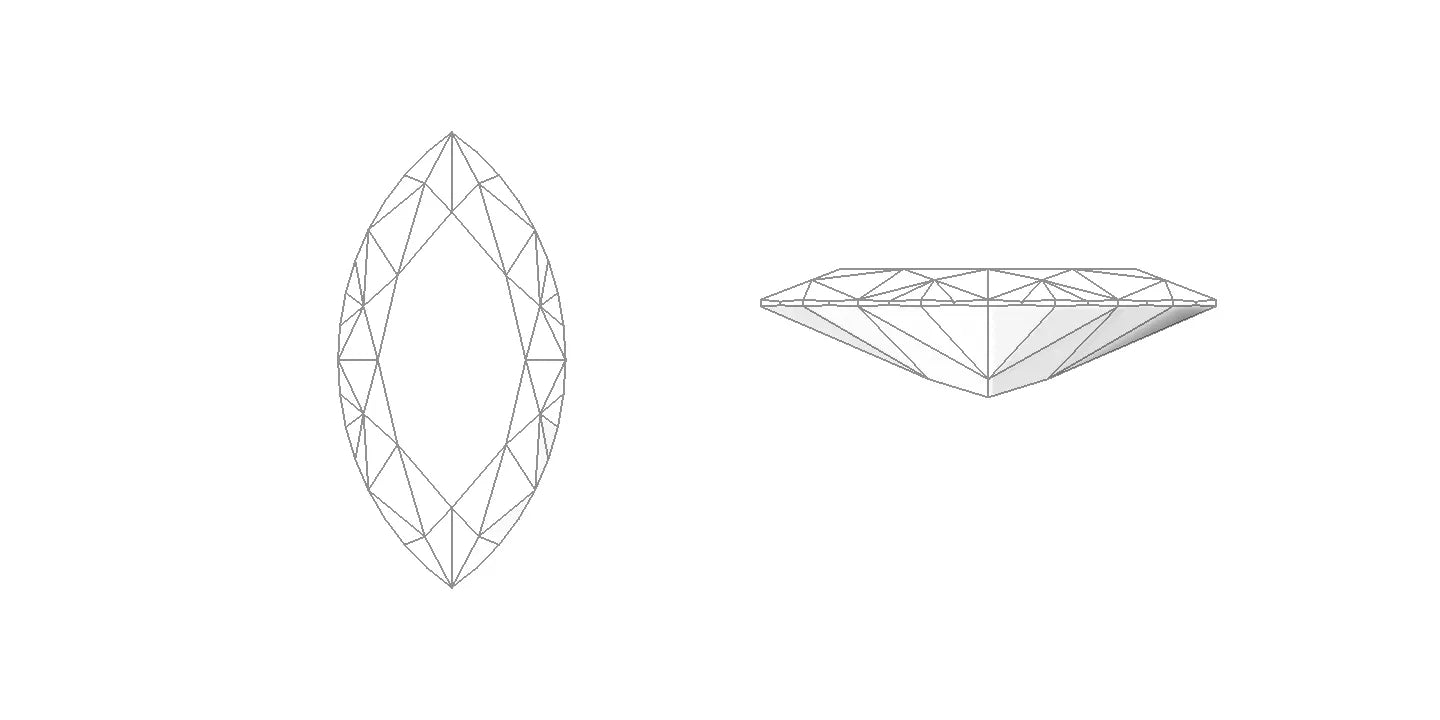
Marquise
Dramatic and elongating, with pointed ends
Carat Weight
Carat weight measures a stone’s weight, but because aquamarines are less dense than diamonds, they appear larger for the same weight.
In bracelets, the total carat weight (ctw) refers to the combined weight of all stones. The focus is on how well the stones are matched in size and proportion to create a cohesive line, rather than the size of individual stones.
Origin
Aquamarines are sourced from several countries, with the finest stones often coming from:
- Brazil: known for high-quality stones with excellent clarity and vibrant blue tones.
- Mozambique: producing stones with a slightly deeper, more saturated blue.
- Nigeria: offering beautiful stones at a range of tones.
Origin generally has less impact on aquamarine pricing than color and clarity but can be noted for high-value pieces.
Certification
Because bracelets typically use smaller, matched stones, individual aquamarines in bracelets are not commonly certified. However, larger center stones or high-value bracelets can be accompanied by a certificate from reputable laboratories confirming the stone’s identity and whether it is natural and untreated.

Final Thoughts
When selecting an aquamarine bracelet, focus on:
✔ Even, harmonious color
✔ High clarity and brightness
✔ Well-matched cut and size across all stones
✔ Balanced design and secure setting
Aquamarine bracelets offer a luminous, understated elegance — a versatile choice that complements a wide range of styles.
We’re here to guide you through the process — with clarity, expertise, and attention to every detail.